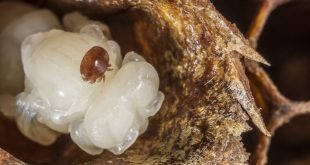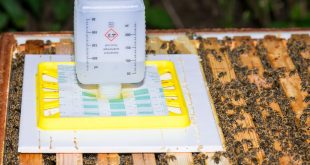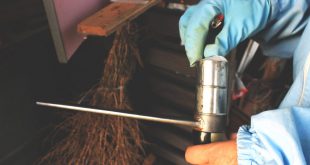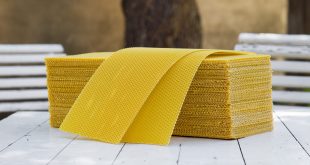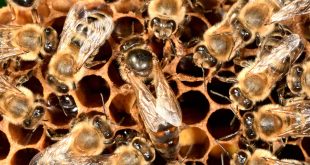Varroosis of honey bees is a commonly known and widespread disease. It also goes by other names such as varroatosis or Varroa mite infestation. Its main cause is the Varroa destructor or Acari Varroidae mite. This is a mite that targets the honey bee in all its life cycle stages, affecting many species of bees. It is believed to have originated from the Far East where its main host is the Asiatic honey bee. Earlier research suggests it was first introduced to the US in the 1950s. It has since spread to other countries globally, with the exception of Australia where no single case of the mite has been reported. The mite spread rapidly as a result of importation of queen bees from areas that are infested. Foraging bees can also introduce the mites to healthy colonies during pollination. Severe cases of varroa mite infestation can lead to colony collapse.
Read More »Formic Acid Treatment for Honey Bees
Controlling parasites is standard part of beehive management. One such parasite of honey bees is the Varroa mite, which can causes colonies to get weak and deformities to appear in bees. Various treatments are applied by beekeepers to keep Varroa mites in check. Formic acid is one such treatment used and it can be applied in various forms. You can make your own formic acid preparations for the various methods of application. However, there are also some formic acid treatments for honey bees solutions that are sold to beekeepers. They are easy to use and can be applied by both beginner and experienced beekeepers.
Read More »Treating Mites with an Oxalic Acid Fogger
Beekeepers use various methods to control mites in their beehives and apiaries. With more inclination towards natural Varroa mite control, substances such as oxalic acid are finding increased use and acceptance as miticides. In this article, you will receive insights into treating Varroa mites with an oxalic acid fogger.
Read More »Beekeeping Basics – Foundation vs Foundationless Beekeeping
Explore the differences between foundation and foundationless beekeeping methods. This informative article delves into the pros and cons of each approach, helping beekeepers make an informed choice for their hives. Whether you prefer established foundations or embrace the natural comb-building process, this article provides valuable insights to enhance your beekeeping journey.
Read More »What is the Honeybee Queen Mating Flight?
Dive into the intriguing world of the honeybee queen's mating flight with our article. This vital event in a bee colony's life cycle involves the queen venturing out to mate with drones, ensuring the colony's future generations. Our piece sheds light on the process, significance, and fascinating aspects of the queen bee's mating flight. A must-read for bee enthusiasts and anyone curious about the complex behaviors of these essential pollinators.
Read More » BeeKeepClub Resources and Guides for Beekeepers
BeeKeepClub Resources and Guides for Beekeepers

